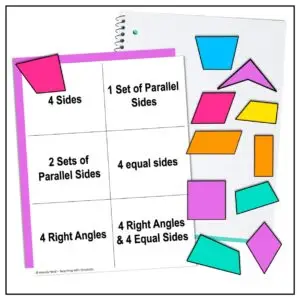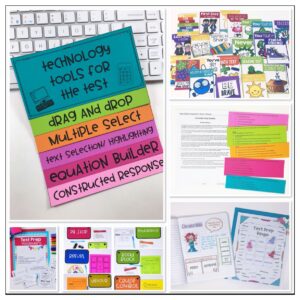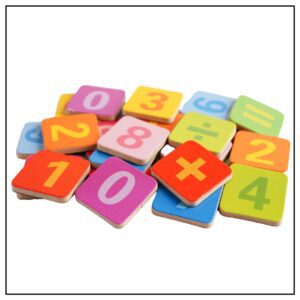In the last post, Types of CBMS, I explained the difference between standards based progress monitoring and progress monitor for computational fluency.
This week, I will explain how to give and assess the diagnostic for standards based progress monitoring.
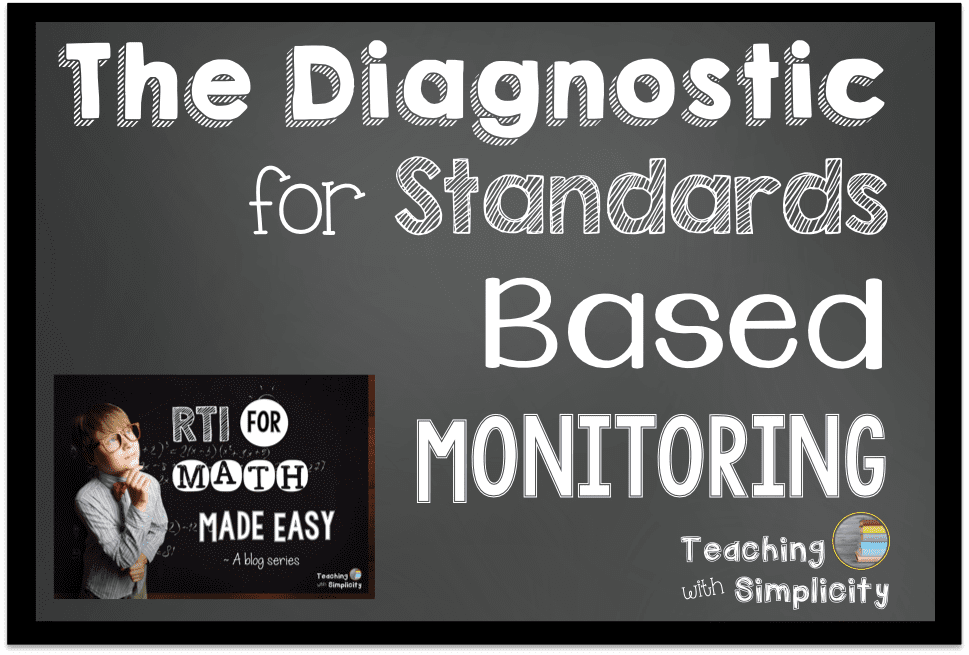
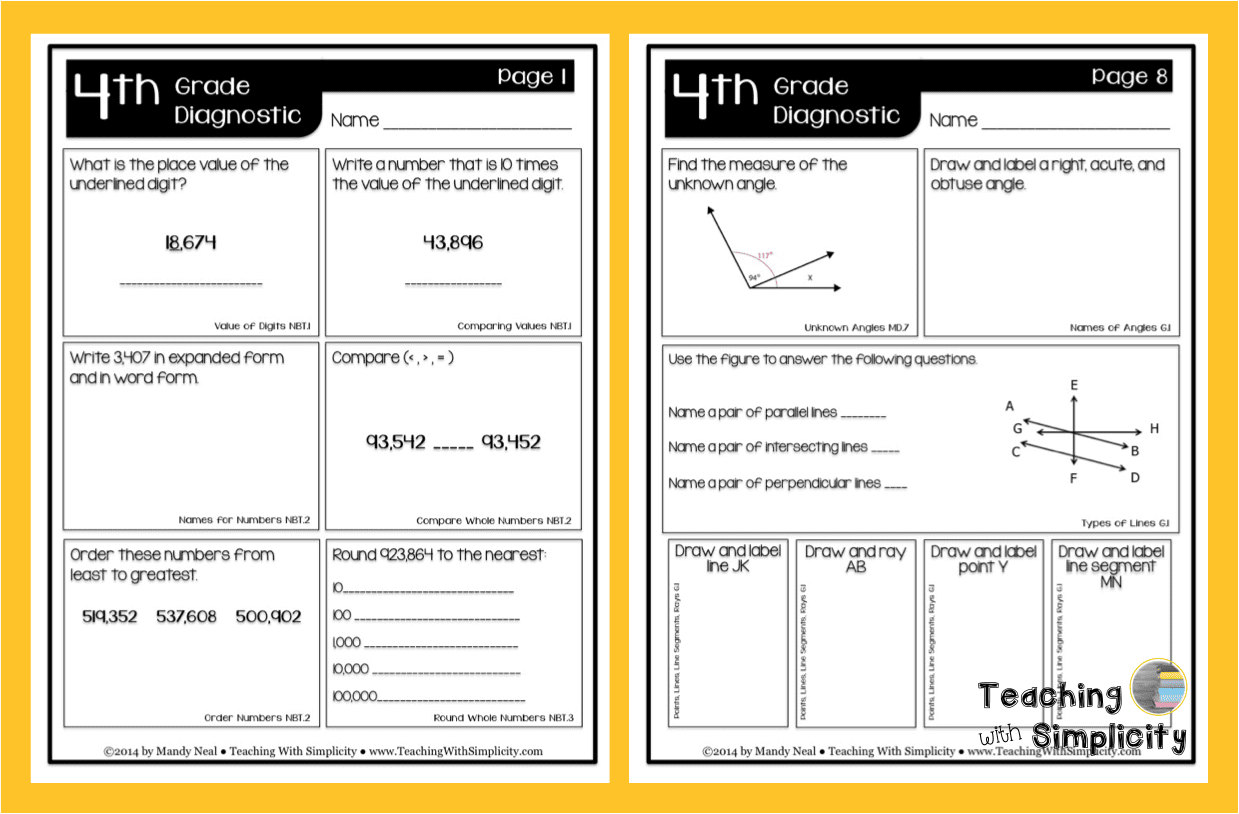
Once students have completed the diagnostic, you will want to score them. For scoring purposes, score them with an all or nothing approach. The items that students miss will become a part of their intervention plan.
I use a student tracking sheet to record only the students who need interventions. For example, if a student missed adding fractions, I place a checkmark in that column. This allows me, at a glance, to see which students need interventions within each specific concept. This also assists me in forming my intervention groups.
You may have students that require an intervention, but master the concept within a week or two. In these cases, I do not continue the intervention for the full 6-12 week. Once a student has mastered the concept, they move on to another concept or participate in enrichment.
Also, once a student has mastered a concept, I periodically reassess the student to ensure that they have retained what they have learned.
Looking for RTI Math Resources like the ones above? Find them here.

Next Week: The Diagnostic for Computational Fluency Progress Monitoring


